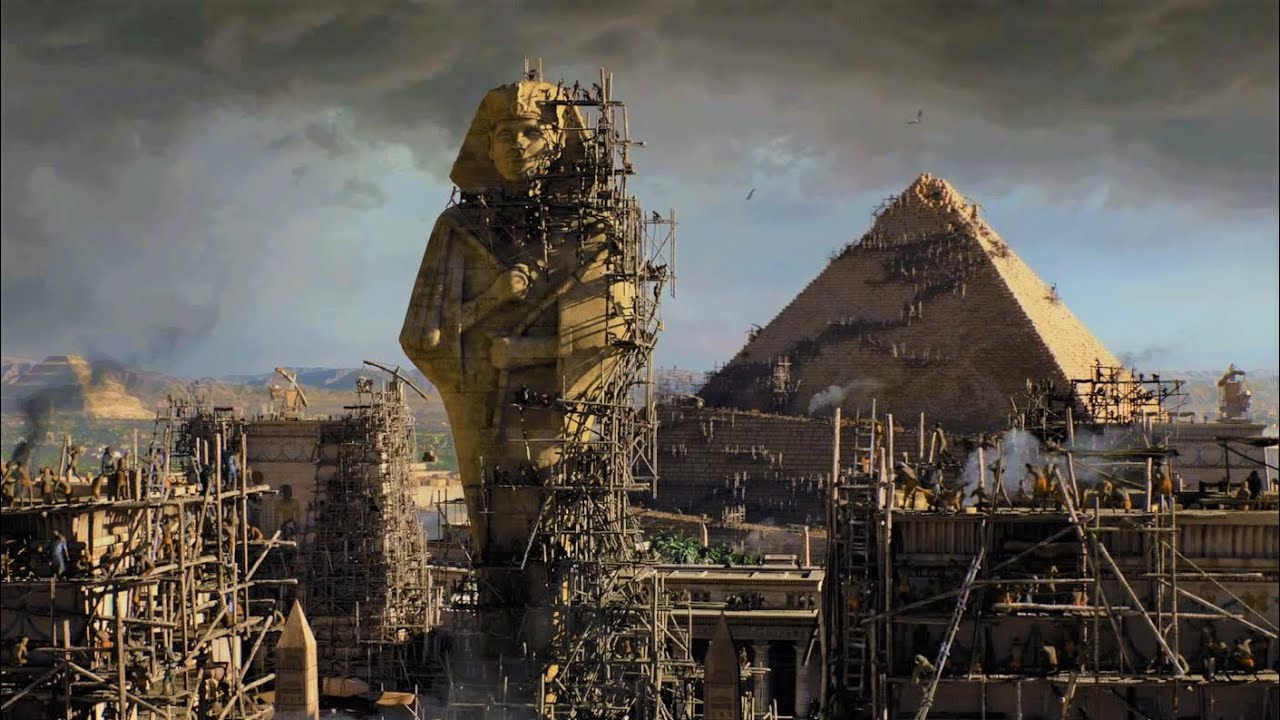It may seem strange that our concepts of the distant past are changing much faster than our concepts of the periods closer to us in time. But when we consider the means by which we know about the past, we can quickly see that this is entirely natural.
If we want to know about something that happened, let us say, during the American Revolution, we have the letters of George Washington and his contemporaries, the written records of the British government that tried to suppress the American colonists’ rebellion, the proceedings of the Continental Congress, the Declaration of Independence, and literally thousands of other written sources–diaries, memoirs, documents, newspapers, propaganda leaflets—that open to us the minds of the people of that time and enable us to work out for ourselves what most probably happened.
But suppose our written sources are written in a language that no one can read? Or suppose we have no written sources at all? As we move back in time through human history these problems confront us more and more urgently. Over the last couple of centuries the discovery of texts written in both a known and a previously unknown language has enabled scholars to read the language of the Egyptians and those of the peoples of the ancient Mesopotamian river valleys in the Near East.
Brilliant use of the techniques of cryptography in the 1950s cracked one of the two scripts commonly used in ancient Crete and on the Greek mainland. Nonetheless an even earlier Cretan script still remains to be convincingly deciphered. Much work must still be done before scholars can confidently read Etruscan—the language, written in Greek letters, of the people who ruled in Italy before the Romans.
People lived on earth for many thousands of years before they learned to write at all. Only their skeletons, the bones of animals, and some of the things they made remain to tell us about the first humans. They are our only sources. Recent developments in science—especially the carbon-14 technique whereby radioactive carbon is used to date ancient objects within a couple of centuries—have helped straighten out chronology. But scholars will continue to find new objects and new ways of dating them that will enable our successors to write with more certainty than we can about our earliest ancestors.

